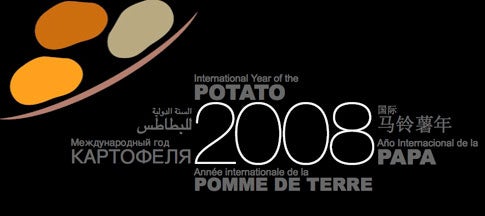In Food Shortage, The World Looks to the Potato
Can the humble tuber relieve some of the pressure on the strained worldwide grain market? The UN thinks so.

Quite a lot has been written in search of the root causes of the recent global increase in food prices. While bio fuels have taken their fair share of criticism, they are proving not to be the only contributor. Widespread, long-term severe weather patterns—like the Australian drought responsible for rice shortages—are high on the list, as well as increased demand from India and China—a country experiencing tremendous demand for grain to fuel industrial cattle farming. Regardless of the causes, finding a solution is the next real challenge. While it likely won’t be as simple as finding a new food staple to take the place of grains, one candidate could prove to be a viable option: the potato.
The potato is third only to wheat and rice in terms of its value as a food crop in the marketplace. It’s adaptable to most any climate, matures quickly, and can produce up to four times as much food per acre as grains. More importantly, in the face of today’s economic crisis, the potato has not become a speculative commodity and so remains affordable, although farmers are more likely to look past the potato in favor of crops with a higher profit margin. Also, compared to grains, it is relatively heavy and susceptible to rot in transit, which has largely kept it out of the global food trade. That’s an obvious downside as far as exports are concerned, but with governmental support to make farming the tuber economically worthwhile, it could prove to be a good domestic source of food and ease some of the current burden.
Foreseeing these benefits, the United Nations even went so far as to declare 2008 the International Year of the Potato back in early 2006. Think of that next time you tear into that large order of fries.
International Year of the Potato official site: potato2008.org